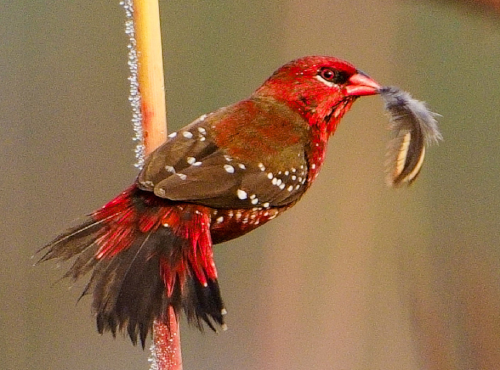If your travels find you in Eastern Uttar Pradesh (Lucknow and beyond) then a trip to Dudhwa Tiger Reserve is definitely warranted. Dudhwa, a lesser known national park and tiger reserve is a 4 to 5 hour drive from Lucknow, the capital of Uttar Pradesh. With flight connectivity within India getting better every year, today, Dudhwa can also be reached in 3.5 hours by car via Bareilly airport which has direct flights from Mumbai, Bangalore and other cities in India. Located near the Indo-Nepal border, Dudhwa Tiger Reserve falls in the Terai belt of marshy grasslands touching the Himalayan foothills and comprises of Dudhwa National Park, Kishanpur Wildlife Sanctuary and Katarniaghat Wildlife Sanctuary.
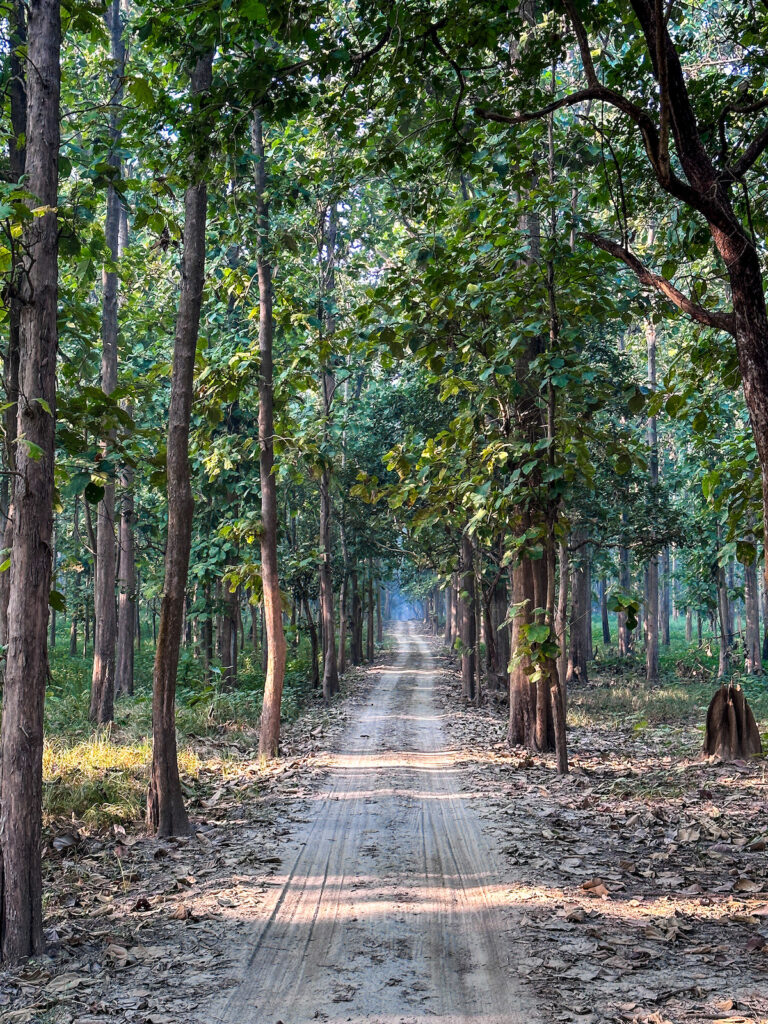
Sal forest of Dudhwa National Park
What makes Dudhwa unique from other national parks in India is it’s beautiful Sal tree forest. These trees stand tall as if they are sentinels guarding the forest’s fauna and flora. The Park is also interspersed by grasslands, wetlands and marshes due to which the Park’s bio-diversity varies tremendously as compared to that of other national parks in India.
Dudhwa’s avifauna is rich with over 300 species recorded in and around the Park. Birds such as the Swamp Francolin, Chestnut-capped Babbler, Lesser Coucal and Clamorous Reed Warbler can be spotted during the safaris. Apart from the usual suspects (tiger, leopard and elephant), range restricted mammals such as the Western Swamp deer (Barasingha) and the Asian rhino are also found in Dudhwa.
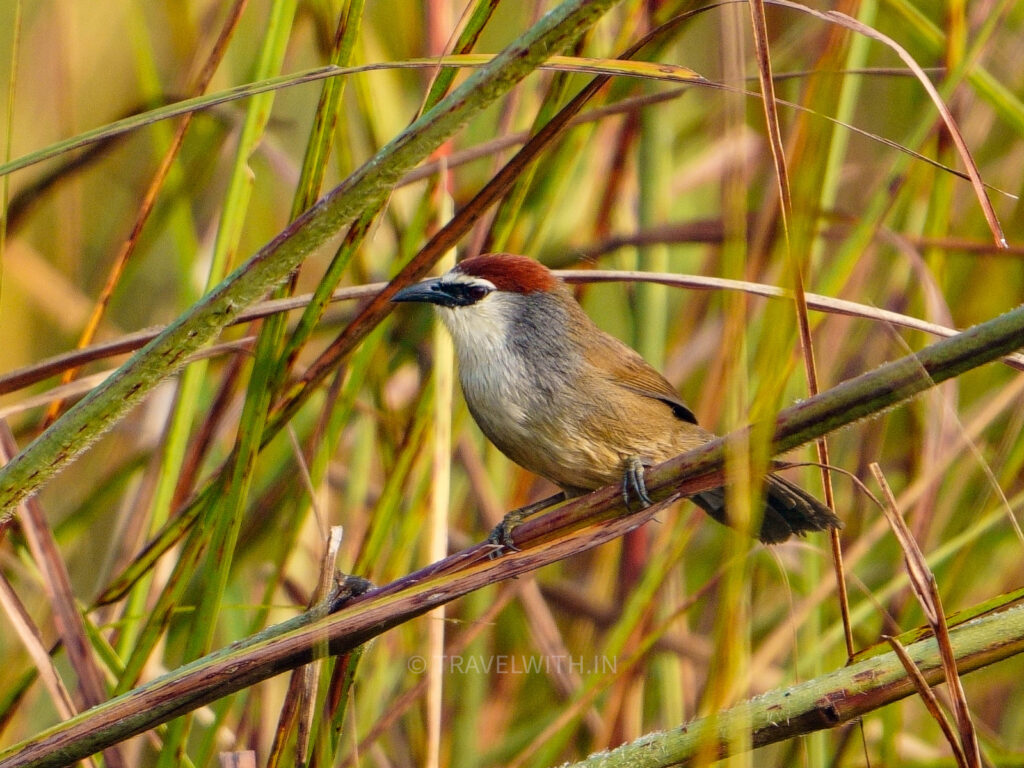
Chestnut-capped Babbler, Kishanpur Wildlife Sanctuary
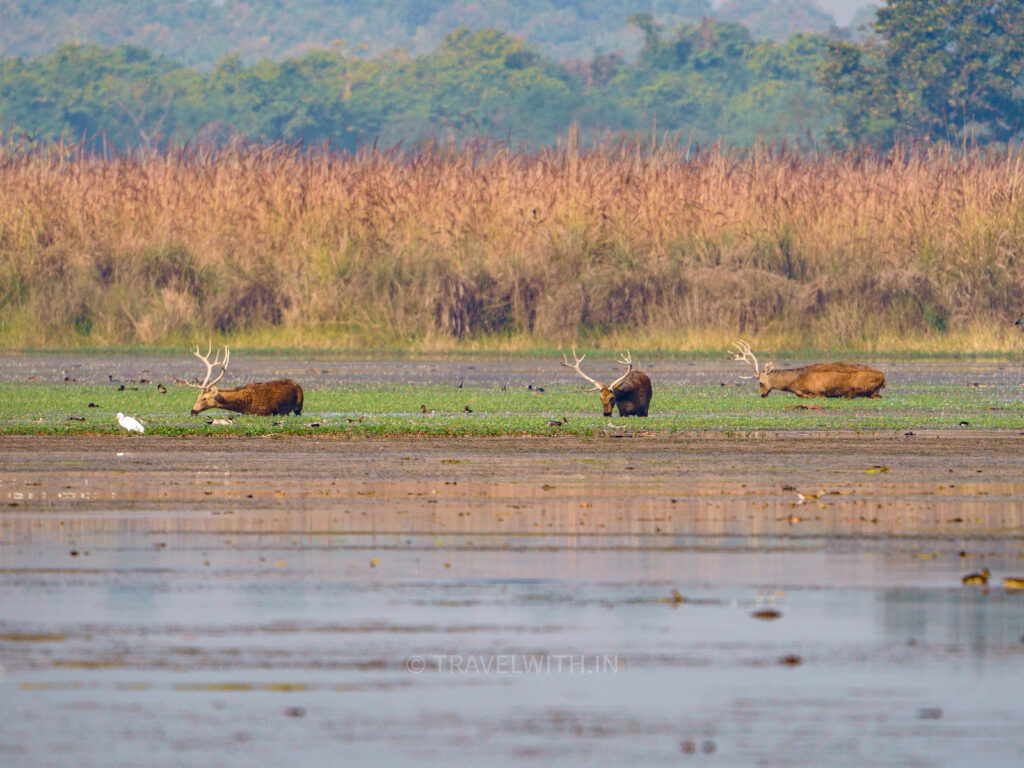
Swamp deer or Barasingha in Jhadi Taal, Kishanpur Wildlife Sanctuary, Dudhwa
Dudhwa National Park is the only other place in India other than Assam where you can find the Asian Rhino. Historically the entire Terai region had rhinos but due to poaching large numbers of the rhino were wiped out. In the 1980s a few rhinos were relocated to Dudhwa National Park from Assam. They were kept in a 35 sq. km long fenced and highly protected enclosure inside the national park. Other than forest officials no one was allowed to go inside this enclosure, however, today, the rhino population has increased and there are 40+ individuals in this enclosure. Visitors can sometimes spot the rhinos alongside this enclosure when on a jeep safari.
Dudhwa National Park is open for visitors from November 15 to June 15 every year. Peak winter months (December and January) get very cold and foggy just like most of North India but winter safaris have their own charm. As the sun penetrates the foggy forest floor, there is a burst of animal activity with many animals trying to position themselves in the open where the sun is the brightest. Summer months are hot and dusty but it is during these months that large mammal sightings become more prominent.
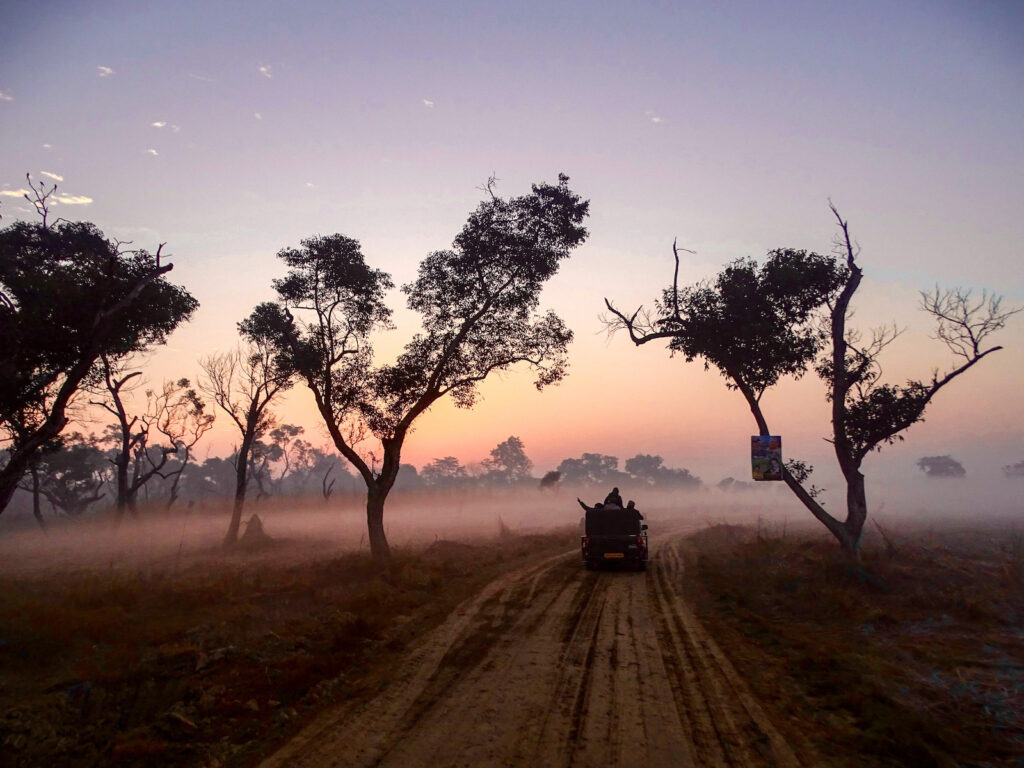
Winter safaris in Dudhwa National Park
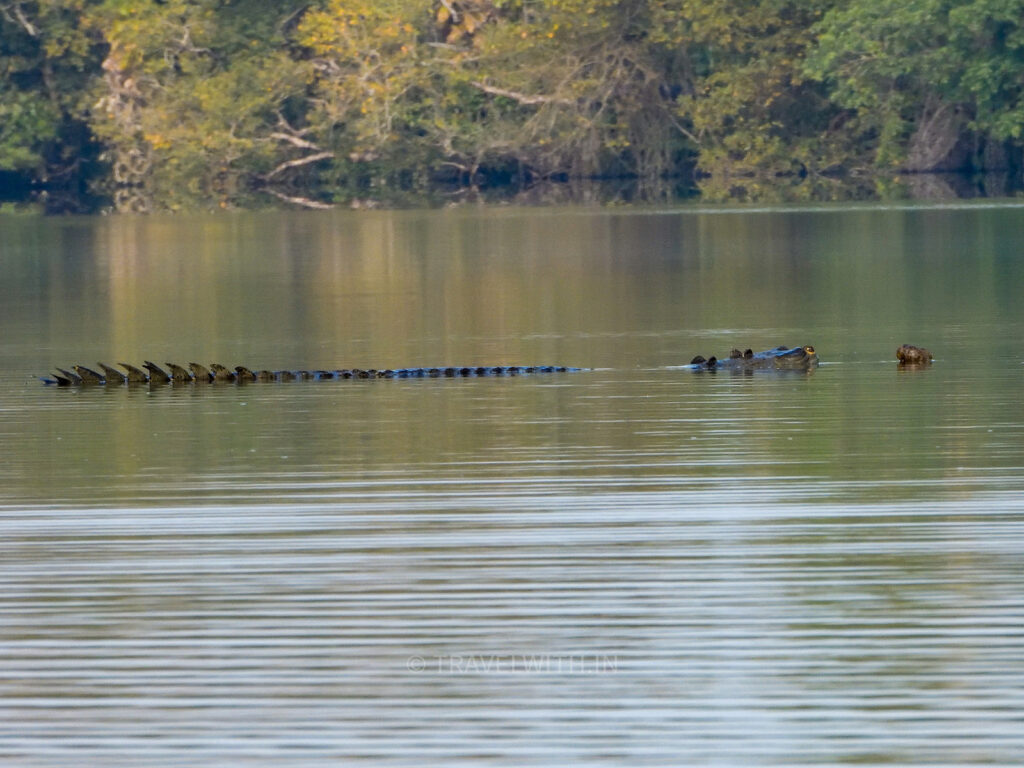
Male Gharial, river safari in Katarniaghat Wildlife Sanctuary
Dudhwa offers visitors the option to do jeep safaris in three different areas – Dudhwa National Park, Kishanpur Wildlife Sanctuary and Katarniaghat. Boat safaris are also possible in Katarniaghat. During the one hour boat safari visitors may spot the critically endangered Gharial, Marsh Crocodile, turtles and several species of birds. If you’re lucky you may also spot the fishing cat and tiger along the banks of the river.
When planning a trip to Dudhwa it is important to keep in mind the distance between the above mentioned sanctuaries as they’re far from each other. For instance, Kishanpur to Katarniaghat can take almost two hours to reach one way and Kishanpur to Dudhwa may take one hour to reach depending on traffic on the highway. As such, it is recommended that you either do your safaris in Kishanpur and Dudhwa with Kishanpur as your base or Dudhwa and Katarniaghat with Dudhwa as your base.
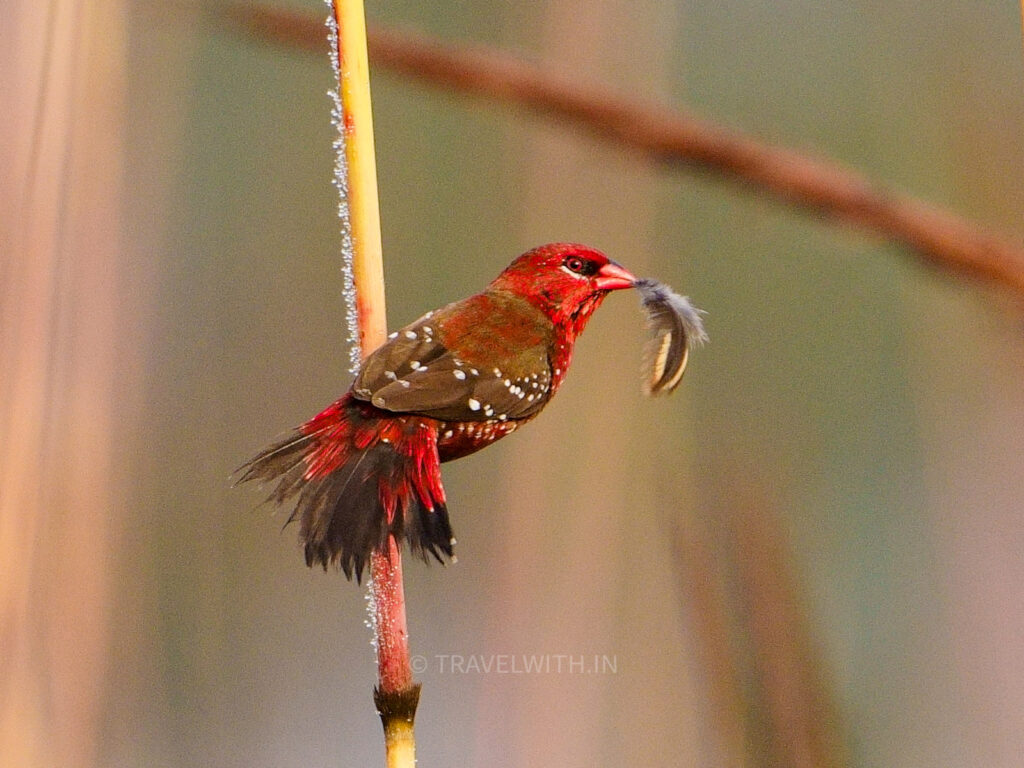
Red Avadavat
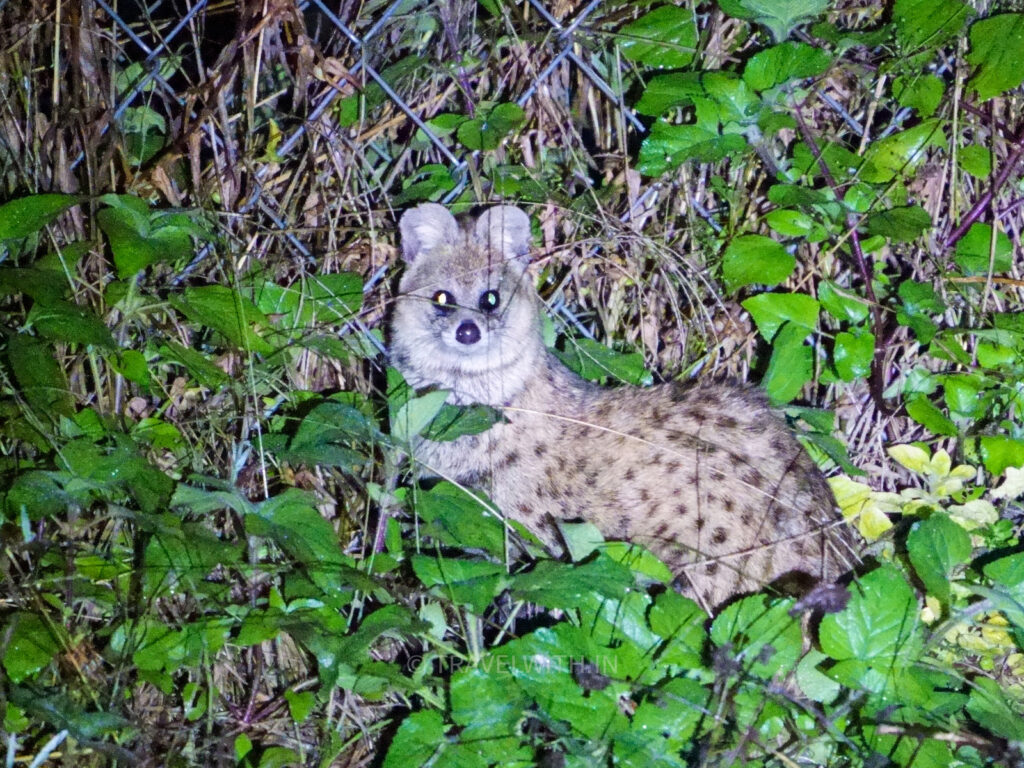
Small Indian Civet
Good hotels in Dudhwa are still rare. Although with the Park getting popular due to it’s ‘friendly’ tiger population we expect more high quality hotels and lodges in the next few years. Most of our guests stay in the periphery of Kishanpur Wildlife Sanctuary as the sanctuary’s tigers have become quite the show stoppers over the past decade.
Often you will find visitors staying near Dudhwa National Park taking pains to get up an hour earlier to drive all the way to Kishanpur Wildlife Sanctuary to spot the big cat. We can assist you and book the right kind of hotel for you based on your budget and requirements.
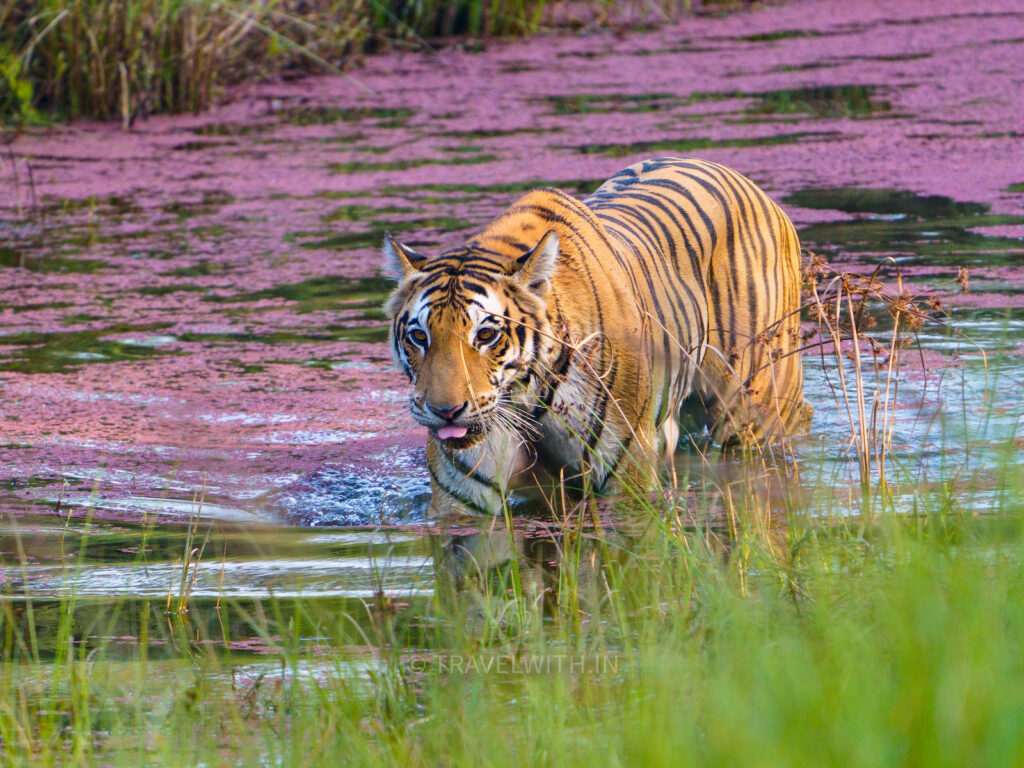
Tiger spotting during a morning jeep safari
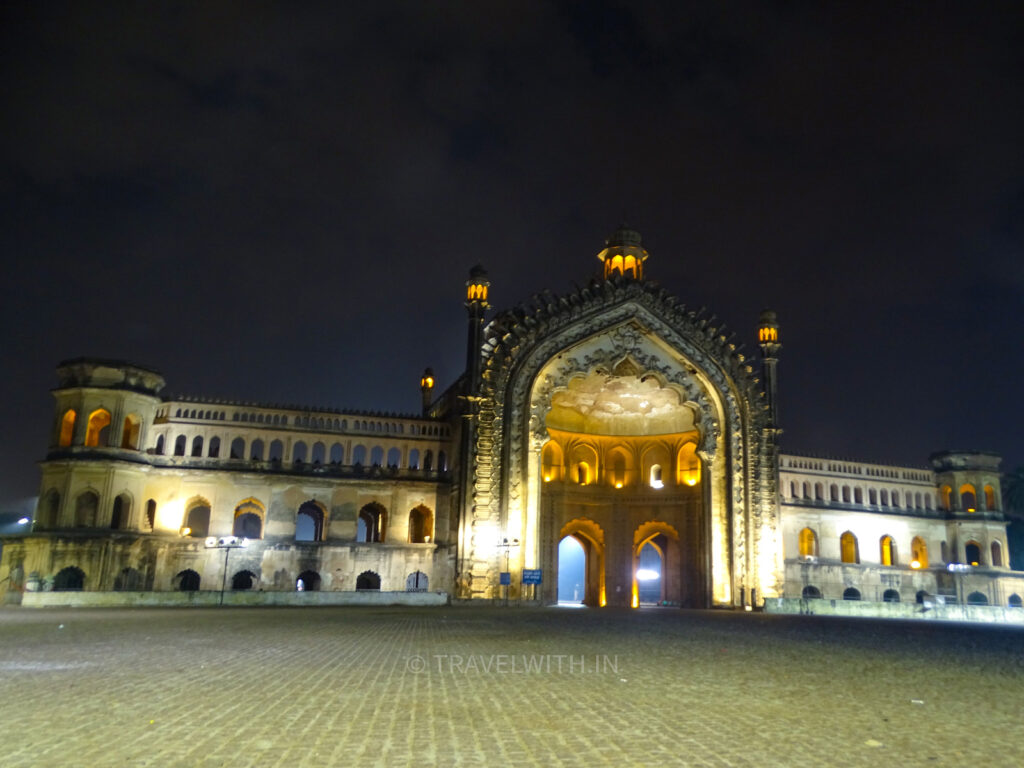
Rumi Darwaza at night in Lucknow
If you’re visiting Dudhwa National Park and you have a day or two to spare, then we recommend staying in Lucknow. Lucknow has a lot to see and offer but unfortunately it’s built heritage is not highlighted as much as other cities in India. In our opinion, a single night in Lucknow is never enough but if you’re pressed on time then the must do and see in Lucknow are the local food (Awadhi cuisine – kebabs and curries) and a guided tour of the Imambaras.
Steeped in history, Lucknow was once part of the Delhi Sultanate in the 14th and 15the century and then came under the Mughal empire. After the Mughal empire disintegrated, the Nawabs took control of Awadh (former name of Lucknow) and eventually the British seized control after crushing the revolt of 1857 also known as the first war of India’s independence. A knowledgeable guide can be arranged to take you sightseeing. There are plenty of hotels in the city that you can chose to stay in.
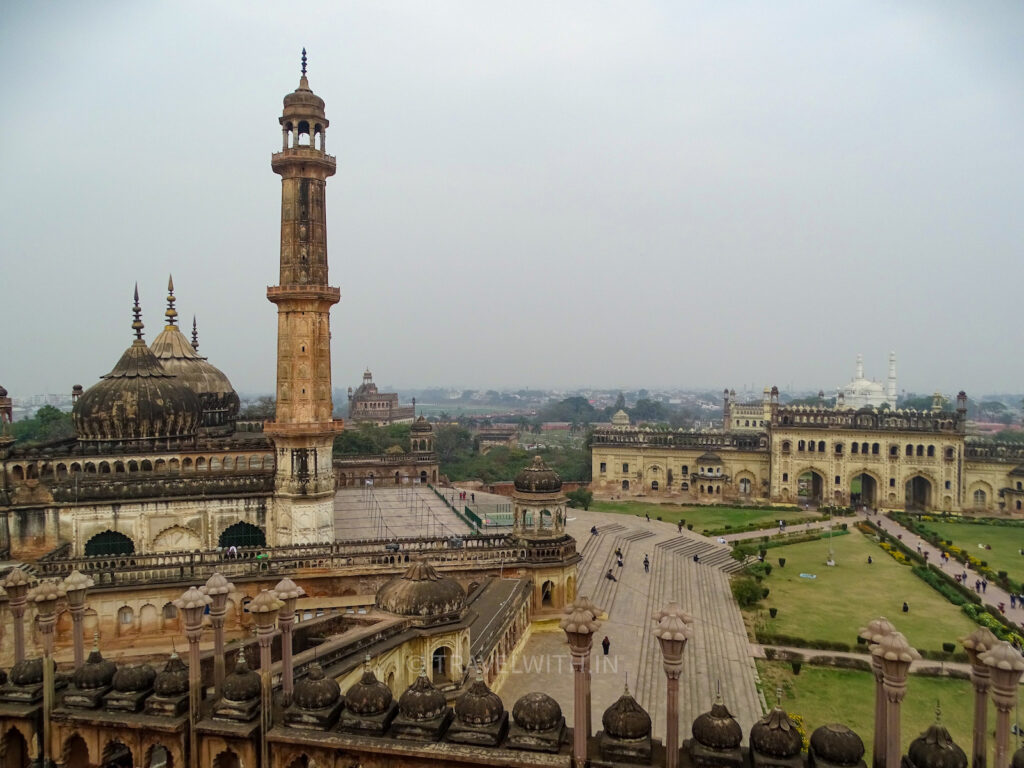
Bara Imambara, Lucknow
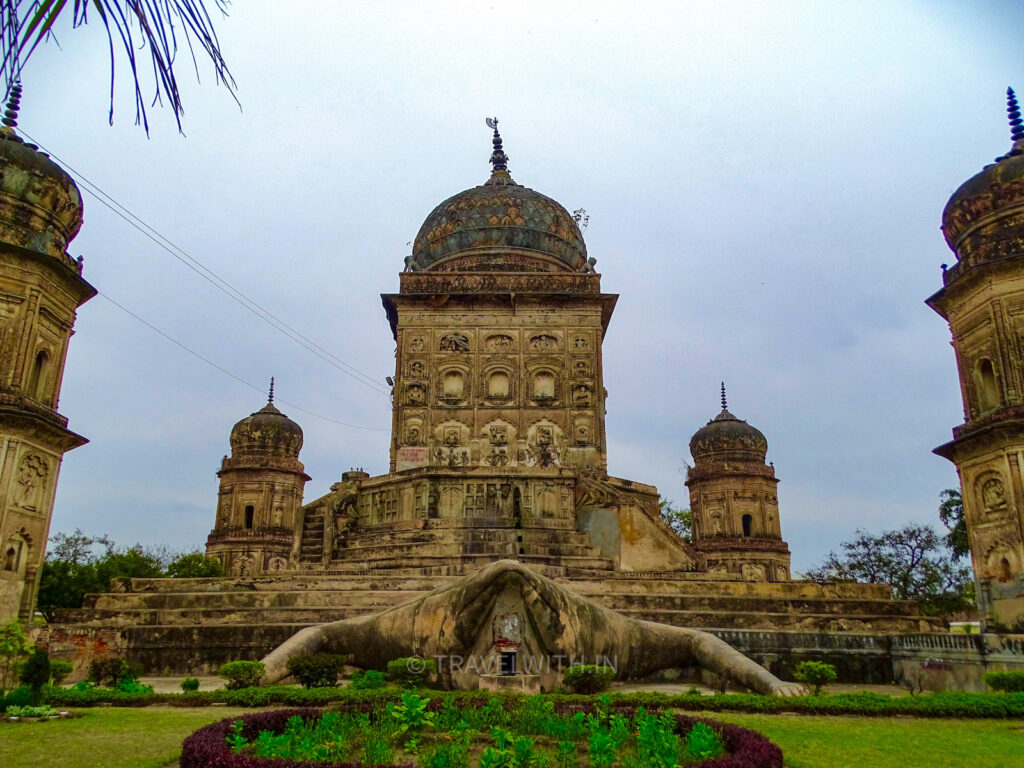
Manduk Mandir or Frog Temple in Oel
If you are arriving Dudhwa from Lucknow by car, we strongly recommend a brief halt at the Narmadeshwar temple in Oel or the Frog temple or the Manduk Mandir. This temple is richly decorated with carvings and is famed for ‘tantric’ worshipping. Dedicated to Lord Shiva, the sanctum of this very unusual looking temple is built on the back of a gigantic frog. It was established by the King of Oel in the 19th century. It is the only temple of it’s kind and definitely a must visit when in the region.
Please Note:
• We do not guarantee that you will see the above wildlife. The river and / or sanctuary is their habitat and sightings depend on water level in the river, human interference, climatic conditions, weather and other factors, migratory pattern of birds, most of which are beyond your and my control. We will do our best to show you all there is to see.
• What to carry during the safari: photo identification, camera, binoculars, warm clothes (in the winter), backpack, sun glasses, cap, vizer, sun block, cash as there are no ATMs in the vicinity, and drinking water.
• Smoking and drinking alcohol is strictly not permitted in National Parks and Wildlife Sanctuaries.
•Please do not throw trash on the floor even if you don’t see a trash can. Please ask me and I help to dispose it off properly.
• To prevent any disturbance to wildlife, we do not encourage the use of call playback to attract birds, feeding or baiting of wildlife.
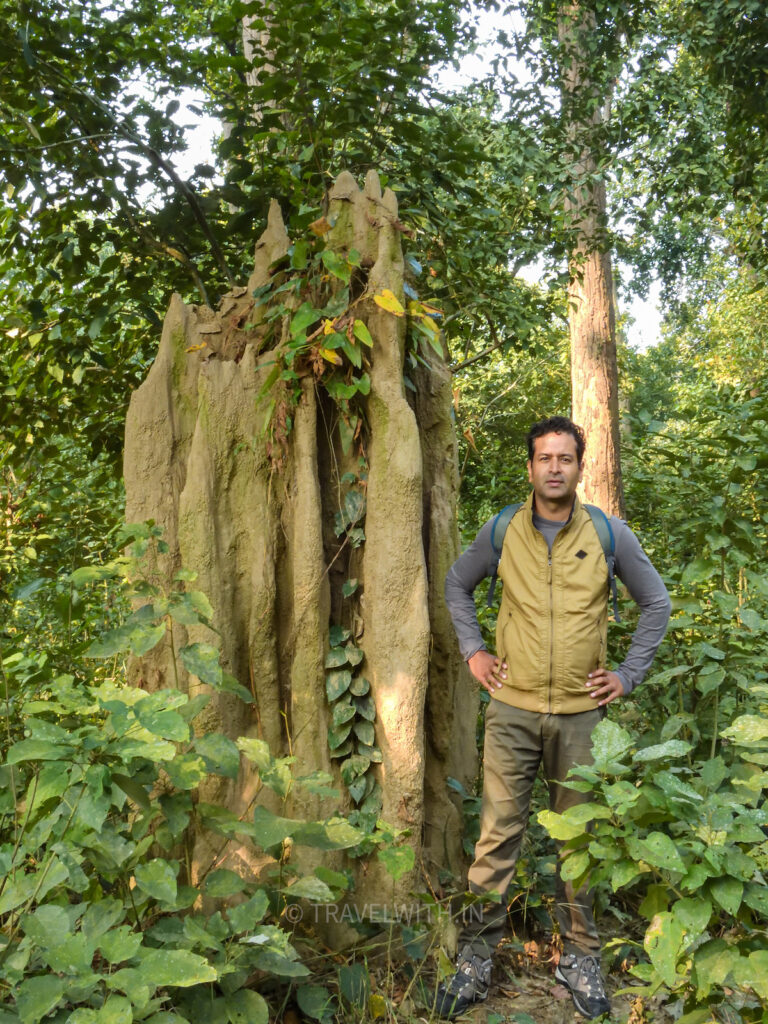
A termite hill standing tall



